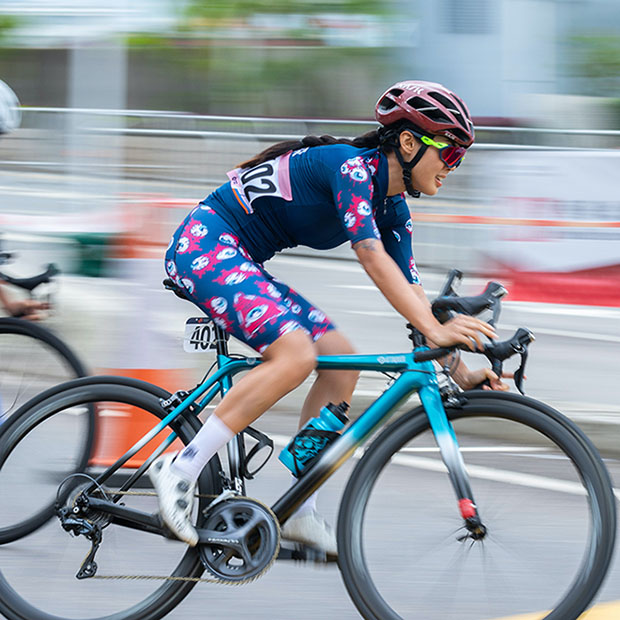Use Sports Eyewear to Play Your Best

The vast majority of eye injuries can be prevented easily, including sports eye injuries.
How can we prevent them? By wearing the right eye protection. We often think eye protection is mainly for welders or construction workers or people working in chemistry labs, but it can also save an athlete’s eyesight. Just in the U.S., wearing eye protection would prevent up to 27,000 out of the 30,000 eye injuries that happen in sports every year (that’s 90% of all sports-related eye injuries).
Which Sports Tend to Lead to Eye Injuries Most?
Whatever sport you play, it’s wise to make eye protection a priority. However, not all sports are equally dangerous to eye safety. Shooting sports like paintball and airsoft are obviously a more serious eye hazard, followed by sports like racketball, swimming, lacrosse, football, hockey, and soccer. Snow sports like snowboarding and skiing are less dangerous (at least in the sense of the risk of getting a direct eye injury, though snow goggles are still important for other reasons).
Which Eye Protection Is Best for Your Sport?
Most contact sports are pretty easy to find face masks or specialized goggles for, especially the more popular ones like football. If your sport isn’t one of those, polycarbonate goggles are usually a good option. They can fit over glasses, they’re stronger than regular plastic, and they resist shattering when struck. Sometimes you can even get prescription goggles so that you don’t have to bring your glasses with you to games and practices.
Some Sports Are Less Friendly to Eye Protection
Sports like water polo can be a challenge for eye protection. Protective goggles can turn into a hazard if a flying elbow sends them into the eyes, resulting in worse damage. Keep track of the guidelines set by USA Water Polo to know the best thing to do in your case, particularly if you also require corrective lenses to see while playing. For most players, no goggles is paradoxically the safer option.
Eye Protection for Outdoor Activities
Plenty of outdoor activities can pose some kind of danger to eye health even if they aren’t team sports. Hiking, mountain biking, skiing, and snowboarding all leave the eyes vulnerable to UV damage from the sun. Make sure to find a good pair of UV-blocking goggles. Experiment with different tints and even polarized lenses to find out which kind is the most helpful for your favorite outdoor adventures. Some colors are better at improving contrast, while polarized lenses eliminate glare (which also makes them very good for fishing).
Let’s Find the Best Eye Protection Gear for You!
It can be overwhelming to tackle all the different types and brands of eye protection, but we can help you narrow things down and find the perfect goggles or mask for your activities. We want to make sure all of our patients are safe while enjoying the things they love to do. However, if you do experience an eye injury, make sure to go straight to an eye doctor or the emergency room. The sooner you get treatment, the better your results are likely to be.
